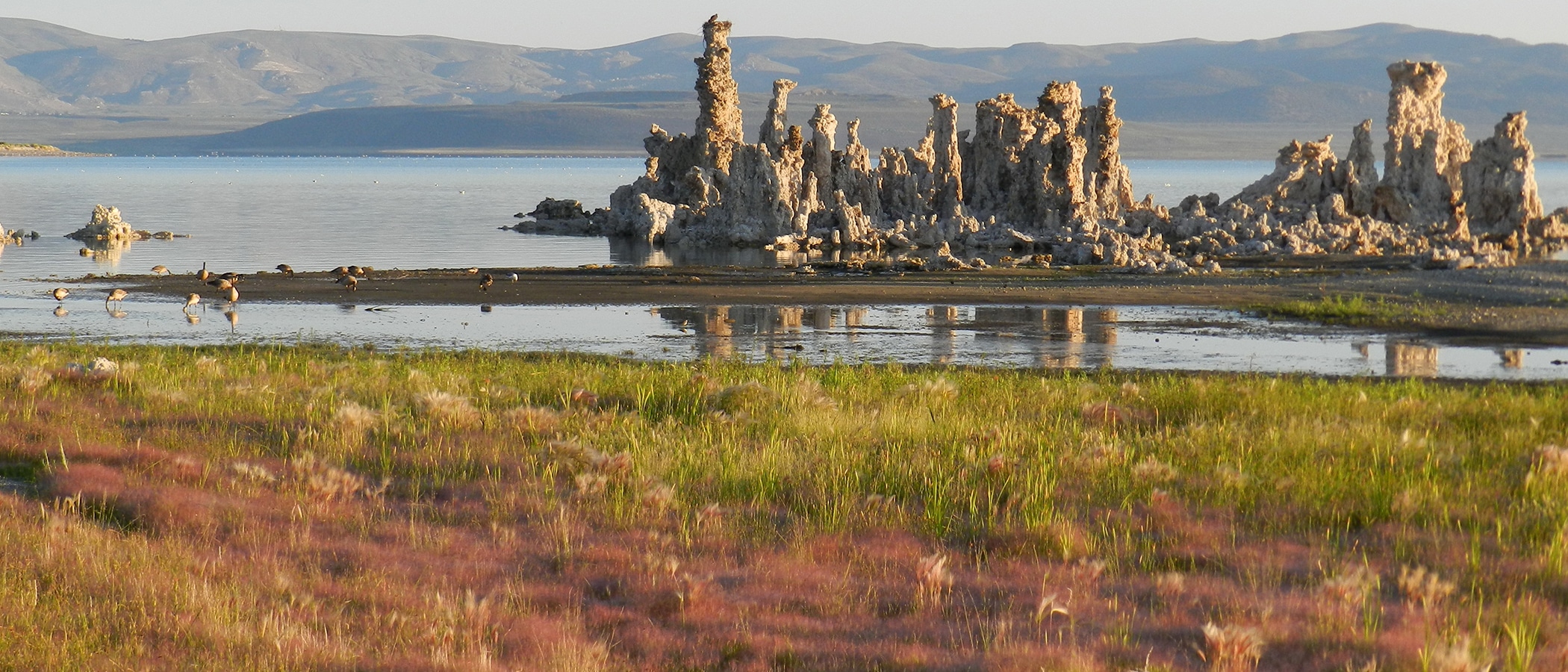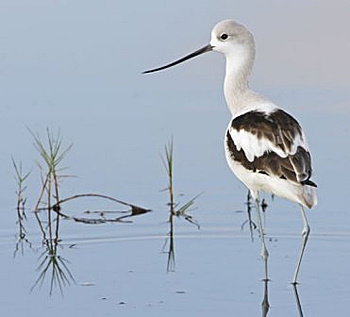
This post was written by Oliver James, 2011 Birding Intern.
Summer is truly winding down for many feathered friends here in the Mono Basin.

The songbird symphony that follows any hiker around the basin from April through mid-August is now merely a murmur. Many of the colorful summer vacationers to the Eastern Sierra (e.g. buntings, orioles, grosbeaks) are still present in the basin, but sporadic, since they’ve dispersed off their territories. A majority of individuals are wearing the muted outfits distinctive of their first year of life and even the adult birds are molting out of their finest breeding attire. It’s time to pack up shop for these neotropical migrants. The silent call southward is irresistible.

The beginning of fall migration also means many new tourists to the basin arriving from breeding grounds further north. For a shorebird, late summer is actually the start of fall migration. The beloved Wilson’s Phalaropes are the first to arrive in July from their breeding grounds in the northern prairie states and by early August the more far-flung travelers touch down. The undulating phalarope flocks visible from any vantage point on the lake are no longer homogenous: the streamlined Red-necked Phalaropes, a tundra breeder, have joined the party. Many small Calidris Sandpipers (Least and Westerns) are along for the ride as well. The American Avocets present now were not Mono-born and look foreign in their winter zebra outfits. Other waders like plovers, dowitchers, and godwits are drawn briefly to the outlets of Mono Lake’s freshwater tributaries, but only momentarily: the ancient, innate pull to go south keeps these birds restless and skittish. Every minor distraction gets the flocks up and wheeling. Even the presence of a harmless Harrier was enough to clear out all of Rush Delta yesterday evening.

Shorebirds are not the only family of birds in transit. Within the last four days I’ve encountered four species of terns all on their way south to warmer climates: Black, Common, Forster’s, and Caspian. A highlight of my week was admiring for 15 minutes a juvenile Black Tern dancing (literally) around my canoe at the mouth of Lee Vining Creek picking flies off the lake. This bird was probably at the lake for no more than a day—a serendipitous encounter indeed.
So it’s time to dust off those binoculars, grab a lawn chair, and find a quiet spot somewhere around Mono Lake. You don’t have to move! The birds will come to you. Or come join us for our weekly County Park Bird Walks, 8:00am every Friday and Sunday! You never know what we’ll find this time of year.
And that’s the latest from bird land. Safe travels to those southbound and good birding to all.
